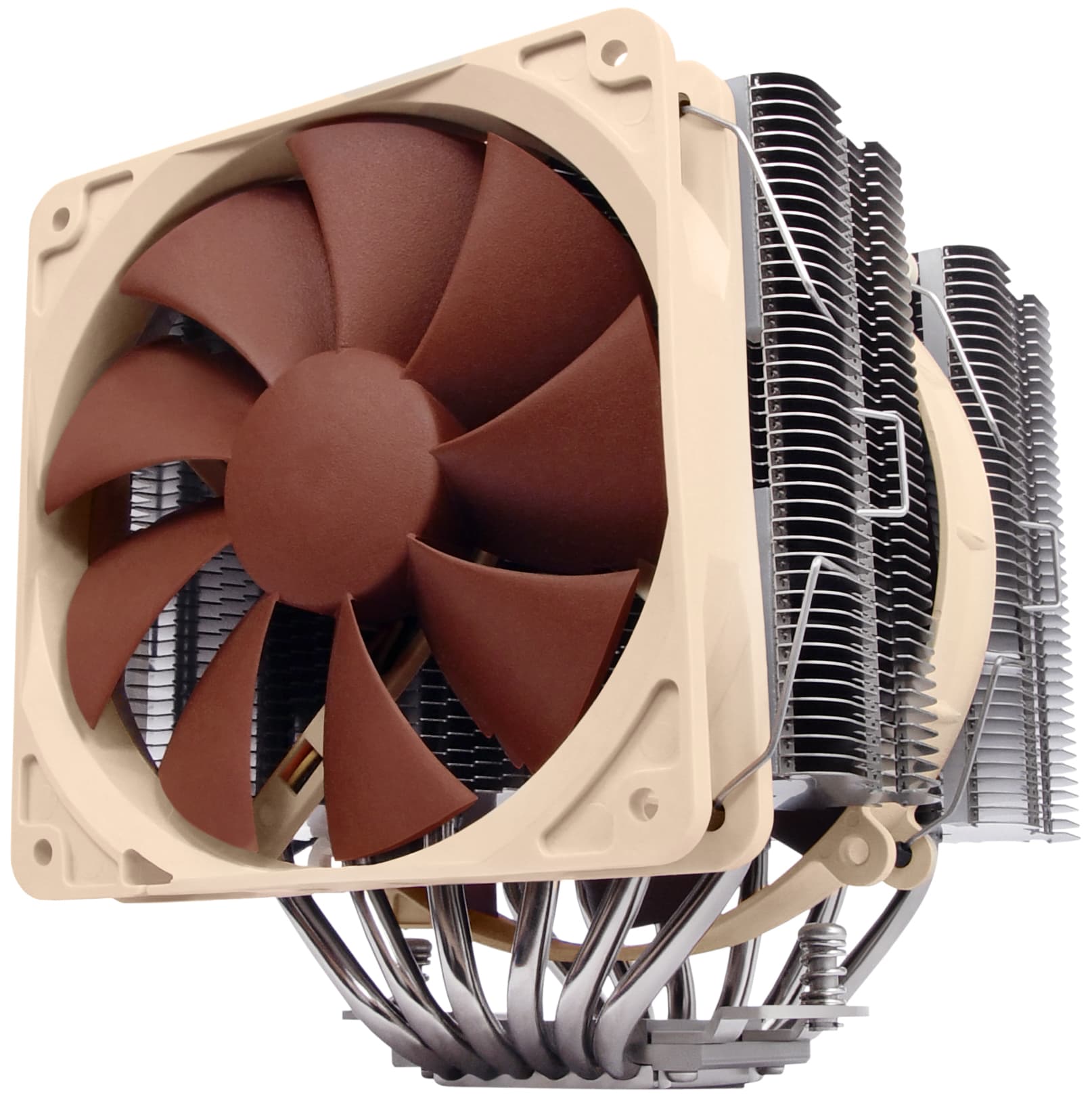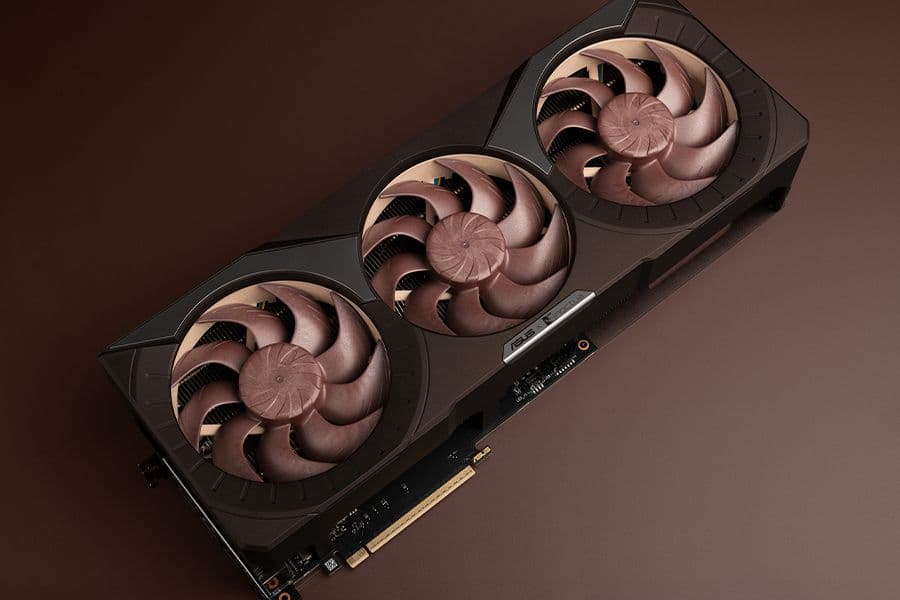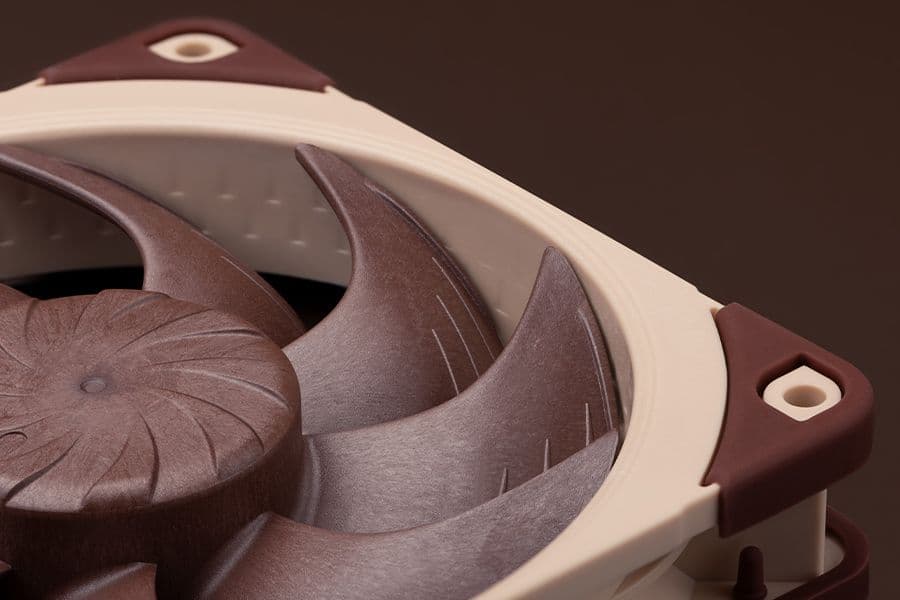
NH-D14
D-Type CPU cooler
6 heatpipe dual tower design
Provides outstanding cooling performance
Dual NF-P14 / NF-P12 fans
With PWM support and Low-Noise Adaptors
SecuFirm2™ mounting system
Synonymous with quality, safety and easy installation
363 reviews & awards
Filter by
Sort by
What I was able to achieve with the NH-D14 was prime stability at 4.2GHz with load temperatures that peaked at 70 degrees Celsius and ran most of the time in the mid to high 60's. I was not prepared for this result, but am now thoroughly impressed with the performance of the NH-D14. All that, with no noise. Absolutely sick! I went into the testing knowing that the performance of the NH-D14 was going to be good. I just did not realize how good. When I ran it through the testing, it was far and above superior to the comparison heatsinks. Of course, there is no reason for it not to be, simply based on the size and construction of the NH-D14. The surface area available to remove the heat is huge. It easily looks like the dual-fin arrays each encompass as much or more surface area than the previous top dog in Noctua's arsenal, the NH-U12P SE 1366. Add in an additional two heatpipes and you have a winning recipe. With load temperatures in the high 40's Celsius (49°C to be exact) when overclocked to 3.3GHz, I figured I would take a shot at some big numbers with an overclock up to 4.2GHz. My DO stepping 920 is not a bad clocker and could previously do 4.2GHz on air, but the temperatures would keep the processor just stable enough to only run this speed for short benchmark runs and did not offer any kind of stability. Something I needy when running a distributed computing project. Enter the Noctua NH-D14. I cranked up the bclock to 210 with a 20 multiplier for an even 4.2GHz, adjusted the vcore to 1.375v in the BIOS and crossed my fingers. Of course, hyperthreading is on. Temperatures at 4.2GHz with any of the other heatsinks in my possession would start pushing 80°C+ at this speed. Not so with the NH-D14. The highest temperature I saw was 71°C on two of the four cores, with the heatsink for the most part keeping the temperatures in the 65°C to 68°C range. Pretty spectacular results from this heatsink. It delivered results that averaged four degrees Celsius better under load both at stock and overclocked speeds. Four degrees Celsius does not seem like a big drop in temperatures, but it is when you are comparing top of the line heatsinks.
Read more












